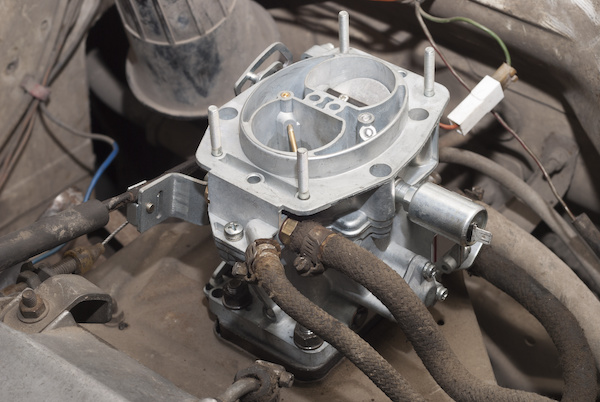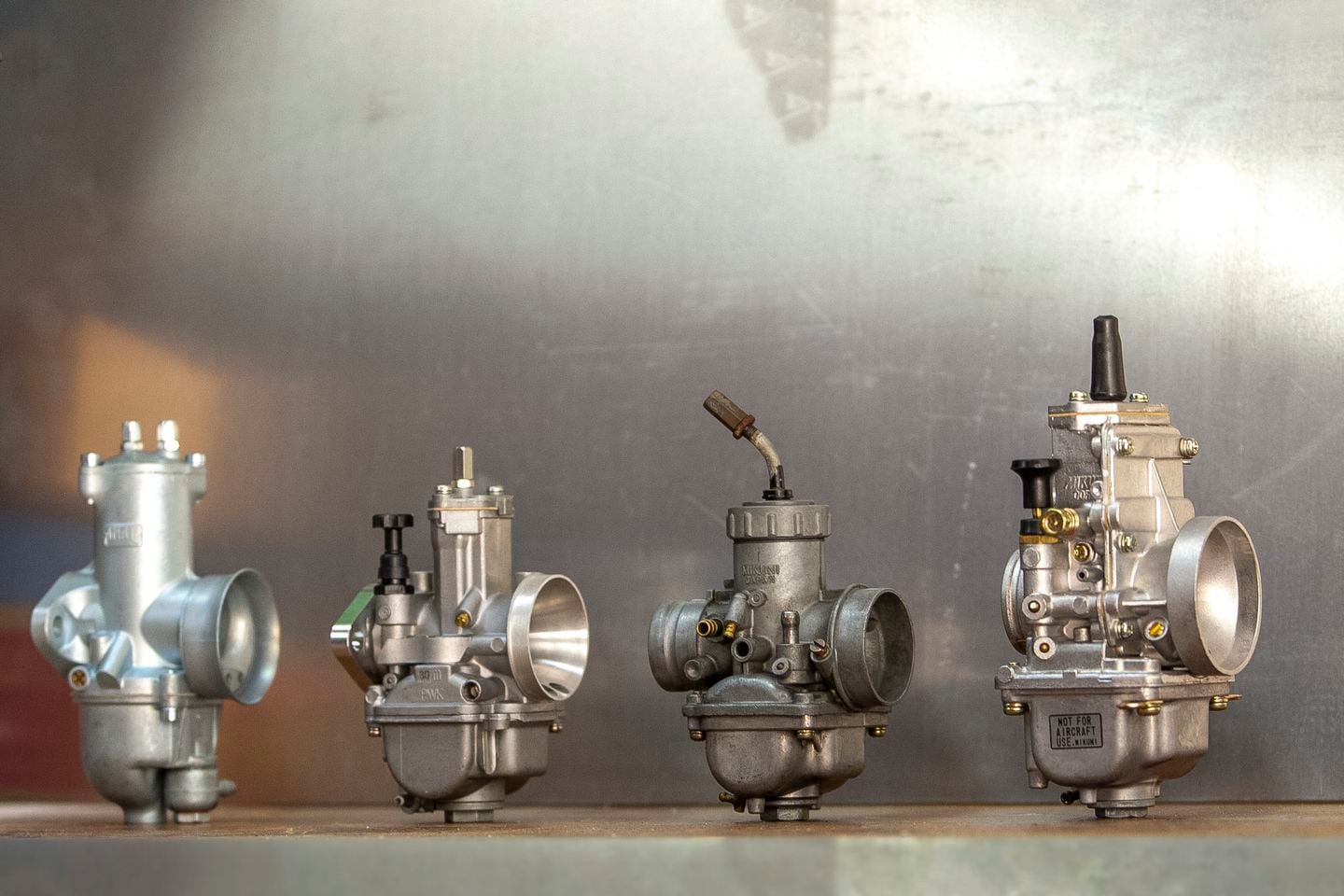The Art of Carburetors: How Classic Car Engines Mix Fuel and Air

by AutoExpert | 30 April, 2024
You know how your car needs gas to go? Well, carburetors were the OG part that made that happen for DECADES. Think of them like fancy fuel blenders:
It's All About the Mix: Gas alone won't burn, gotta mix it with air first. Carbs do that, getting the ratio just right. Not enough gas, engine's dead. Too much, and it's smoky, sluggish, and might even get damaged.
Inside the Beast: Think of a carb as a pipe with fancy bits inside:
- Air Control: The "throttle plate" is like a door, you control it with the gas pedal.
- The Venturi: A squeeze in the pipe, sucks in air real hard.
- Fuel Jets: Tiny holes in that squeeze, the vacuum pulls gas through 'em.
From Choke to Throttle:
- Cold Starts Suck: Engine's slow, needs TONS of gas to even fire up. That's the "choke plate" – basically covers the whole pipe, max fuel for a sec.
- Idling Along: Throttle's barely open, but the plate itself makes vacuum, sucking fuel through a special "idle jet".
- Foot Down, Fuel Up: Plate opens wide, venturi sucks in the goods through the "main jet".

Why You Might Still Care
- Old Cars, Old Tech: Anything pre-1990s likely has a carb. Gotta know how they work if you're restoring!
- Small Engines LOVE 'Em: Lawn mowers, chainsaws, etc... simpler is cheaper when you don't need perfect fuel control.

How Things Changed: Enter Fuel Injection
Now we got computers in cars. Fuel injection uses sensors to figure out the PERFECT air/fuel mix on the fly. Better mileage, less pollution... but way more complicated.
Carbs are kinda like dinosaurs – fascinating, but their time has passed for your average car!


















